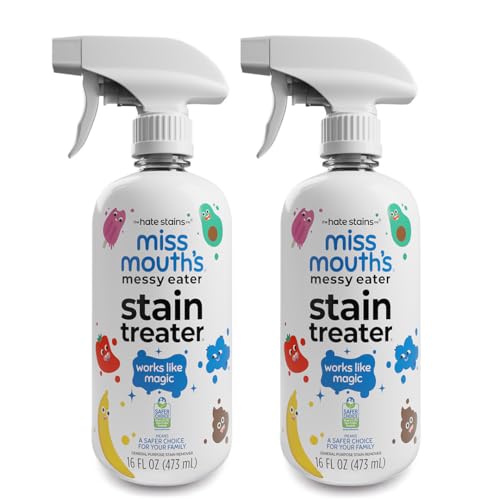



Serving certain types of robust beverages at a lower temperature can enhance their flavor profile and overall enjoyment. Aim for a serving temperature between 55°F and 65°F (13°C to 18°C) for optimal tasting experience. This approach often applies to lighter styles, such as Pinot Noir and Gamay, which can be particularly refreshing when slightly cooled.
To achieve the perfect chill, place your bottle in an ice bucket filled with equal parts ice and water for about 15-20 minutes. Alternatively, you can refrigerate your selection for approximately 30 minutes before serving. This method helps maintain the complexity of the drink while allowing the fruit characteristics to shine.
Consider the specific type when selecting a cooler method. Full-bodied options, such as Cabernet Sauvignon or Syrah, benefit from a gentle chill, while lighter varietals can handle a more significant drop in temperature. Experiment with different cooling times to find what suits your palate best.
Chilling Approach for Full-Bodied Varietals
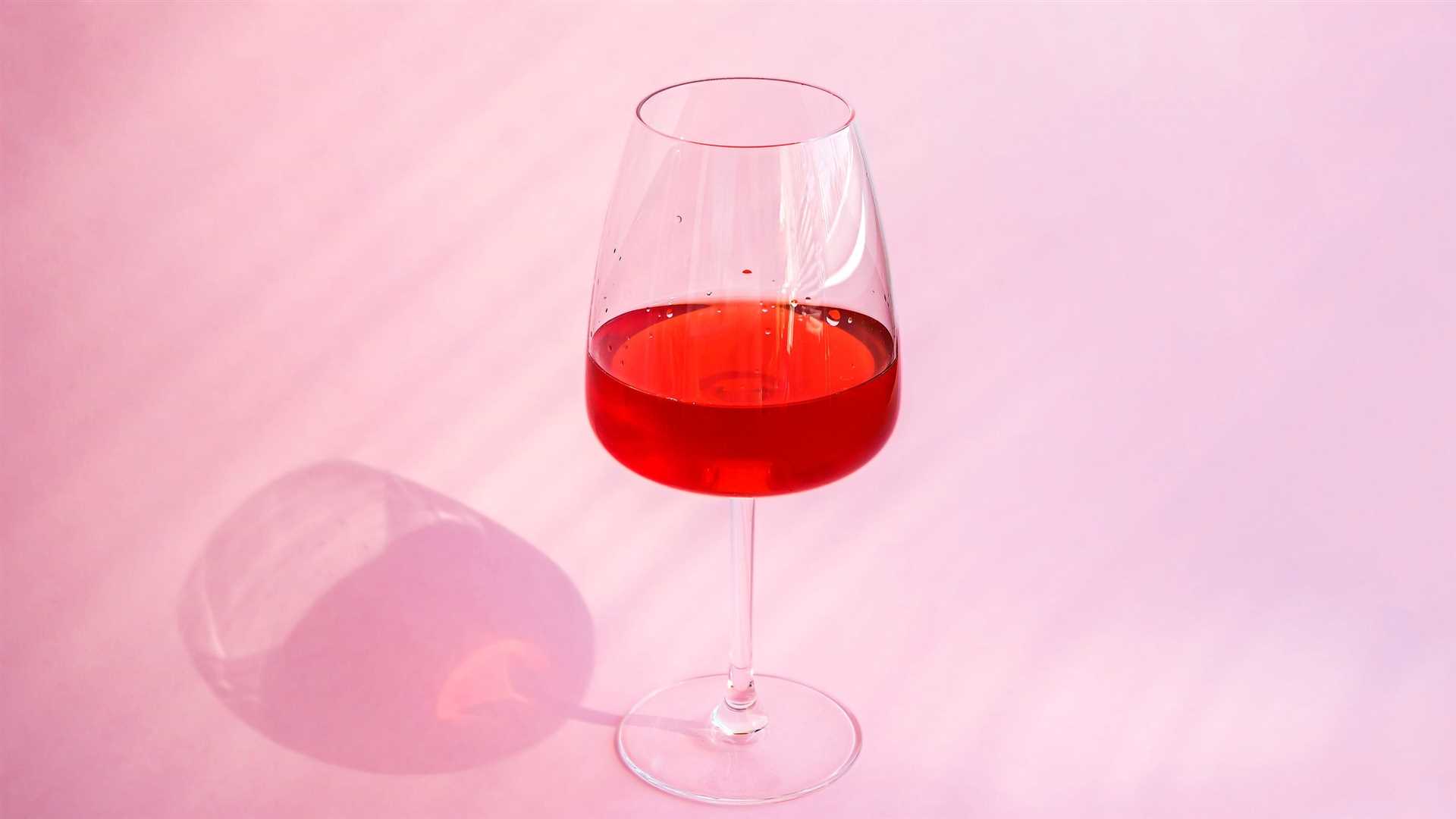
For the best experience, serve heavier styles of this beverage at a temperature between 55°F and 65°F (13°C to 18°C). To achieve this, refrigerate the bottle for about 30 minutes before serving. This slight cooling can enhance fruit flavors and soften tannins, making the tasting experience more enjoyable.
For lighter styles, such as Pinot Noir or Gamay, a slightly cooler temperature of 50°F to 55°F (10°C to 13°C) is optimal. An hour in the fridge works well for achieving this. These varietals benefit from a chill, allowing their acidity to shine and creating a refreshing profile.
When deciding on the perfect serving temperature, consider the meal pairings. If you’re enjoying grilled meats or rich sauces, opt for a warmer serving temperature to complement the dish’s intensity. Conversely, if your meal is more delicate, like a charcuterie board or roasted vegetables, a cooler bottle will harmonize beautifully.
| Type of Wine | Recommended Temperature | Chill Time |
|---|---|---|
| Full-bodied | 55°F to 65°F (13°C to 18°C) | 30 minutes |
| Lighter varietals | 50°F to 55°F (10°C to 13°C) | 1 hour |
Experiment with your bottles. Each style can offer unique characteristics when slightly cooled, so feel free to adjust based on personal preference and specific food pairings. Enjoying this beverage should be about exploring flavors and finding what resonates with your palate.
Understanding the Basics of Red Wine Temperature
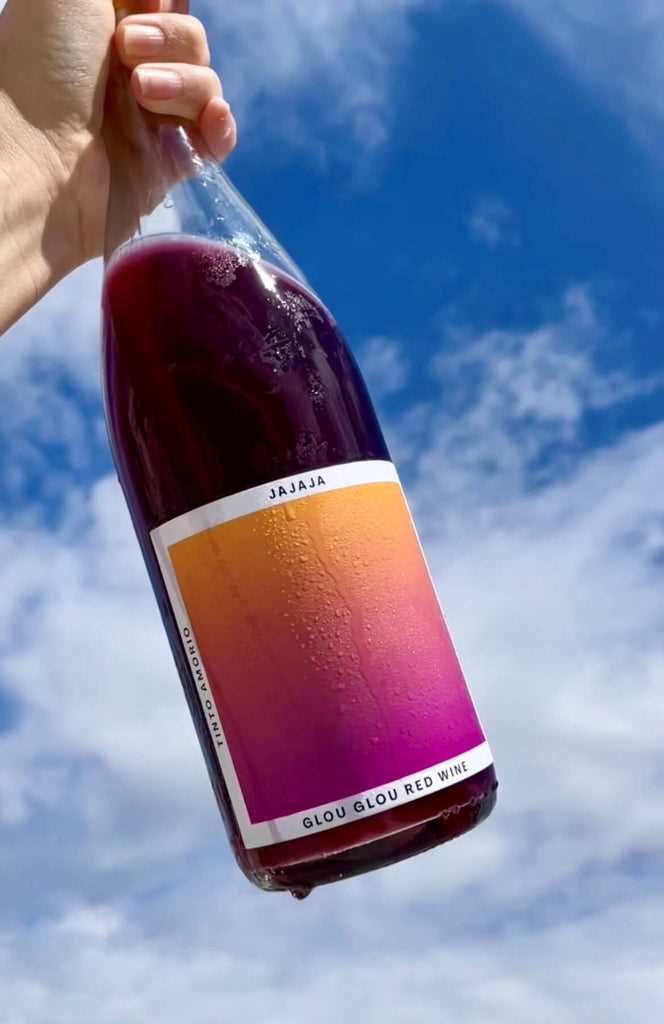
Serving this beverage at the right temperature enhances its flavor profile and aroma. Ideally, it should be enjoyed between 55°F and 65°F (13°C to 18°C). Lower temperatures may mute some of the complex notes, while higher temperatures can accentuate alcohol, overpowering the subtleties.
Optimal Temperature Guidelines
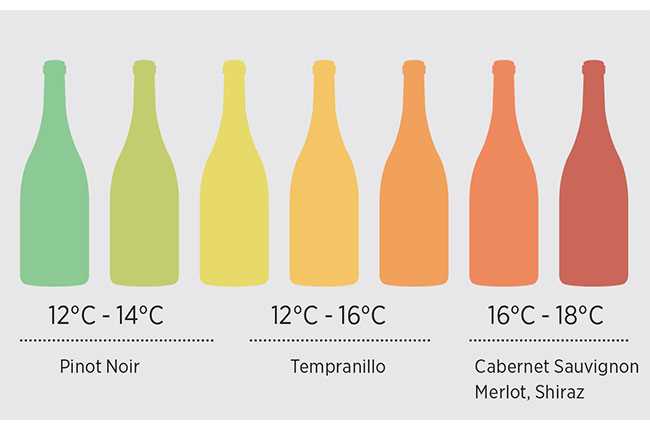
For full-bodied varieties like Cabernet Sauvignon and Syrah, aim for the upper end of the range. Lighter options such as Pinot Noir and Gamay benefit from slightly cooler settings. The method of cooling, whether in the refrigerator or with an ice bucket, can influence the temperature, so monitor it closely.
Impact of Temperature on Taste
Temperature affects perception. Cooler servings can highlight acidity and fruitiness, while warmth brings forth tannins and deeper flavors. Experimenting with various temperatures can reveal hidden nuances in your favorite selections.
When to Consider Chilling Your Red Wine
Chilling a darker varietal can enhance its refreshment and aroma, especially during warmer months or when serving with lighter dishes. Here are key scenarios where a slight drop in temperature could elevate your experience:
1. Serving Temperature Preferences
- If guests prefer a cooler beverage, aim for a temperature between 55°F to 60°F (13°C to 16°C) to maintain the integrity of the flavors.
- For fruity styles, consider chilling to around 53°F (12°C) to accentuate their juicy characteristics.
2. Pairing with Food
- When serving grilled fish or chicken, a lightly cooled option complements these dishes harmoniously.
- Consider pairing with salads or vegetable-based meals, where a touch of chill enhances the refreshing qualities of both the food and drink.
Experimenting with different temperatures can yield delightful discoveries. Each varietal reacts uniquely to temperature shifts, so don’t hesitate to try different approaches based on your preferences and the meal served.
Best Methods for Chilling Red Wine
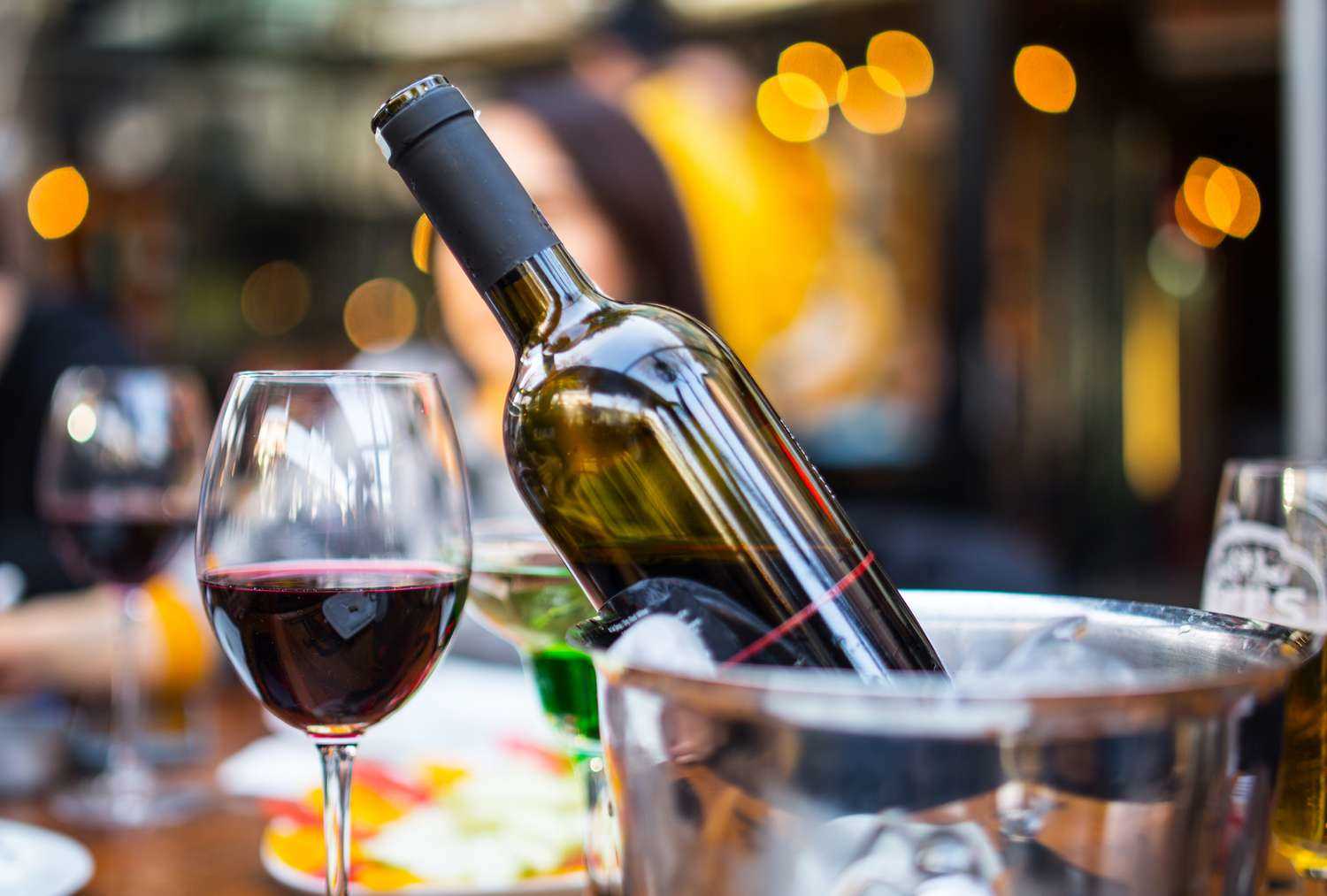
The most effective way to lower the temperature of your favorite varietal quickly is to use an ice bucket filled with equal parts ice and water. This combination allows for optimal heat exchange, cooling the bottle in about 15 minutes. Ensure the bottle is submerged up to the neck for best results.
Alternative Cooling Techniques
If time is of the essence, consider using a wine chiller sleeve. These sleeves are designed to fit snugly around the bottle and contain gel that freezes. Place the sleeve in the freezer for a few hours before wrapping it around the bottle for rapid cooling.
Chilling Solutions for Long-Term Enjoyment
For a more gradual approach, store your collection in a temperature-controlled wine fridge set to around 55°F (13°C) and just before serving, place the bottle in the refrigerator for about 30 minutes. This method allows for a perfect serving temperature without the risk of rapid temperature changes that can affect flavor.
Impact of Chilling on Flavor Profiles
Chilling certain varieties can enhance their aromatic qualities and make them more enjoyable. When served at lower temperatures, tannins often become less pronounced, allowing fruitier notes to shine through. This can lead to a perception of sweetness, even if the beverage is still dry. Additionally, the cooling process can suppress some of the more robust flavors, creating a lighter, more refreshing experience.
For instance, a slightly cooler temperature can elevate berry and cherry notes, while muting earthy undertones. This shift may appeal to those who prefer a more fruit-forward profile, especially in warmer weather. Conversely, if served too cold, the complexities of certain varieties may be lost, leading to a flatter taste. Aim for a balance where the cooler temperature enhances the overall profile without overshadowing the inherent characteristics.
Experimenting with temperature can yield exciting results. I recommend trying various chilling levels to discover how they alter your perception of flavors. Each varietal reacts differently; for example, lighter-bodied options may benefit from a slight chill, whereas full-bodied selections may require a more moderate approach. Pay attention to how temperature influences your tasting experience and adjust accordingly to find your ideal balance.
Pairing Chilled Red Wine with Food
Opt for lighter varietals like Gamay or Pinot Noir when serving a cool-bodied beverage. These selections complement dishes featuring grilled fish, poultry, or summer salads beautifully. The crispness enhances the freshness of ingredients, creating a harmonious experience.
When enjoying a slightly cooled beverage, consider pairing it with charcuterie. Cured meats, soft cheeses, and olives pair seamlessly, as the cooler temperature balances the saltiness and richness of the platter.
If you’re serving pasta dishes, especially those with tomato-based sauces, a lightly chilled option can provide a refreshing contrast. The acidity in the sauce is softened by the slight chill, allowing flavors to meld without overpowering the palate.
For a unique twist, try pairing with Asian cuisine. Spicy dishes, such as Thai or Szechuan, can be complemented by a cooler selection, which tempers heat and enhances aromatic profiles.
Don’t overlook desserts. A fruity option can work wonders with chocolate or fruit-based desserts. The chill brings forward the fruitiness, making it a refreshing finish to a meal.
As you experiment with pairings, remember that temperature can significantly alter taste perception. Adjust according to the dish and personal preference for an enhanced dining experience. For outdoor gatherings or camping trips, consider using a best solar generator for travel trailer to keep your selections perfectly chilled.
Common Misconceptions About Temperature of Red Varietals
Many believe that every type of red beverage should be served at room temperature, but this is a narrow view. Certain varieties benefit from a slight chill, enhancing their freshness and drinkability.
- A misconception is that all full-bodied types must remain at warmer temperatures. In reality, lighter options such as Pinot Noir can shine at slightly cooler temperatures, allowing their delicate nuances to emerge.
- Another myth suggests that chilling can ruin the taste. In fact, a mild cooling can help balance acidity and soften tannins, bringing a new dimension to the overall experience.
- Some assume that chilling must be done for extended periods. Short bursts in an ice bucket or refrigerator for 15-30 minutes can be sufficient to achieve the desired effect without compromising quality.
- There’s an idea that temperature is irrelevant once a bottle is opened. However, exposure to air causes temperature fluctuations, which can affect the flavor profile significantly over time.
Understanding these misconceptions allows for greater enjoyment and appreciation of various types. Experimenting with temperatures can lead to delightful discoveries in flavor and aroma.
Recommendations from Wine Experts
Serve your reds between 55°F and 65°F for optimal enjoyment. A slight chill can enhance the experience, especially for lighter varietals like Pinot Noir and Gamay.
Ideal Temperature Guidelines
For fruit-forward selections, aim for the lower end of the spectrum. This will accentuate the berry notes and refresh the palate. Full-bodied options, such as Cabernet Sauvignon, benefit from being served slightly warmer, closer to 65°F.
Timing for Chilling
Consider chilling your selections during warmer months or when enjoying outdoor gatherings. This approach brings a refreshing quality that complements lighter dishes or summer fare.
Always taste before serving to ensure the temperature aligns with your preferences. Remember, personal enjoyment is the ultimate goal.





